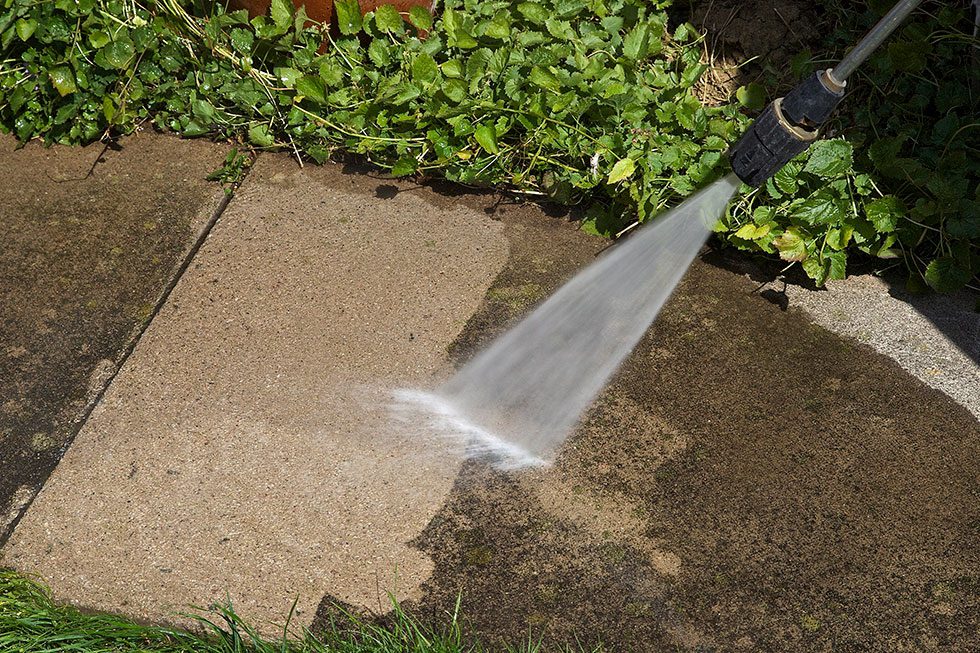This Craft of High-Pressure Cleaning: Strategies for Any Surface

Power washing is not just a method of cleaning; it's an art that can revitalize various surfaces in your home and commercial space. Whether you are a homeowner looking to enhance your property's curb appeal or a business owner looking to maintain a pristine exterior, understanding the techniques and benefits of pressure washing is essential. This resource will present you to the fundamentals of pressure washing, discussing its benefits and the differences between different washing methods.
From eliminating persistent mold and mildew to revitalizing decks and driveways, pressure washing can tackle a wide array of cleaning jobs. However, it's important to know how to handle each surface correctly to avoid damage and achieve the optimal outcome. In this write-up, we will cover everything you need to know about pressure washing, including safety guidelines, maintenance schedules, and the best practices for different surfaces. If you're thinking about a DIY method or engaging a specialist, this in-depth guide will equip you with the information you require to make informed decisions for your property.
Grasping Pressure Washing
Power washing is a strong cleaning method that uses high-pressure water spray to remove filth, soot, mold, and other debris from surfaces. This method is commonly used for cleaning multiple outdoor areas, including patios, driveways, patios, and homes. By utilizing a mechanical power washer, individuals can efficiently improve their cleaning efforts without just wiping or chemical solutions. The strength of the liquid can penetrate far into porous surfaces, making it particularly efficient for difficult stains.
One of the key benefits of pressure washing is its effectiveness. It not only saves time in contrast to conventional cleaning methods but also offers higher quality results. A pressure washer can rapidly clear built-up dirt promptly, allowing businesses to ensure clean and attractive exterior areas with minimal effort. Additionally, https://competent-mango-nq7xpw.mystrikingly.com/blog/surface-cleaning-beyond-clean-surfaces helps in preserving the quality of materials, avoiding deterioration caused by mildew or fungus, and finally prolonging the life of the object.
Another important aspect to note is the contrast between pressure washing and gentle washing. While pressure washing utilizes high pressure liquid to obtain quick results, gentle washing takes a milder approach, combining low pressure with specialized cleaning solutions. This technique is particularly suitable for delicate materials such as covers and painted exteriors, where intense pressure could cause detriment. Grasping these methods is essential to choosing the best way for your unique cleaning requirements.
Pressure Washing Strategies
When approaching pressure washing, it's important to think about the multiple strategies tailored to diverse surfaces. For hard surfaces such as driveways and sidewalks, a direct stream is frequently the ideal method. Employing a narrow nozzle allows for concentrated pressure to eliminate stubborn stains, such as grease and grime. In contrast, when cleaning fragile areas like decking made of wood or siding, a fan spray technique is recommended. This technique disperses the water, which lowers pressure and minimizes the chance of damaging softer materials.
For roof cleaning, it's critical to implement a soft washing technique rather than typical pressure washing. Soft washing Click for info employs low pressure in conjunction with specialized cleaning agents to get rid of algae, dirt, and contaminants without adversely affecting roofing materials. This approach not only safeguards the condition of your roof and also reduces the likelihood of leaks that might occur from high-pressure washing.
Mixing pressure washing with appropriate cleaning solutions can enhance the effectiveness of the process. When dealing with concrete surfaces, using a degreaser can help break down oil stains before pressure washing. Meanwhile, for outdoor furniture, a gentle soap solution can be added to the water stream to safely clean without risking damage to the finish. By learning the proper techniques for each type of surface, you can realize excellent cleaning outcomes while ensuring the condition of your property is maintained.
Benefits and Recommended Approaches
Pressure washing offers a multitude of benefits for both residential and business properties. One of the most important benefits is the improvement of curb appeal. A neat exterior can make a considerable difference in how a property is perceived, potentially increasing its worth. Additionally, routine pressure washing helps to get rid of dangerous substances like fungus, mildew, and soil, which can lead to permanent damage if left untreated. This proactive maintenance not only boosts the aesthetics but also prolongs the lifespan of surfaces.
When it comes to best practices for pressure washing, planning is key. Before beginning the process, it is necessary to assess the surfaces that need cleaning and pick the right nozzle and pressure settings. Lower pressures are typically best for fragile surfaces like wood, while increased pressures can be used on concrete or masonry. Using environmentally-friendly cleaning solutions can also improve the effectiveness of pressure washing while minimizing ecological impact. Additionally, protecting surrounding areas from excess spray is necessary to avoid unintended damage.
Finally, timing is crucial for successful pressure washing. The ideal time to pressure wash your home is during moderate weather conditions, steering clear of extreme heat or cold. Moreover, ensuring that surfaces are clean and dry before sealing or painting helps attain best results. Regular maintenance—typically recommended on an yearly or every two years basis—will keep your property looking its finest while preventing the accumulation of grime and debris. Following these guidelines can lead to a satisfactory and effective pressure washing experience.

